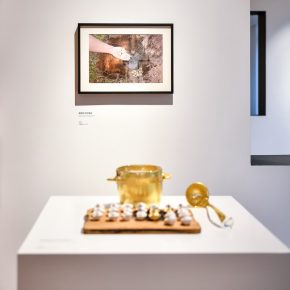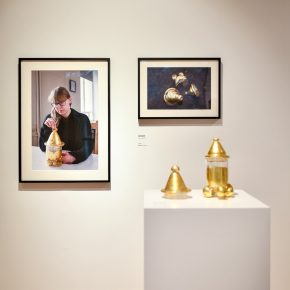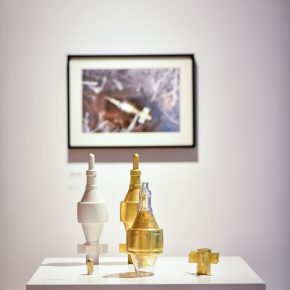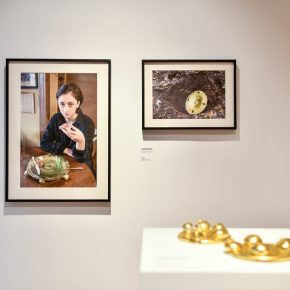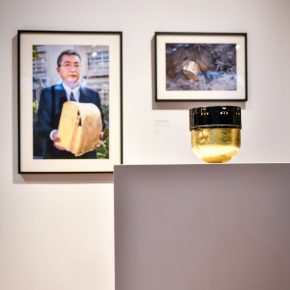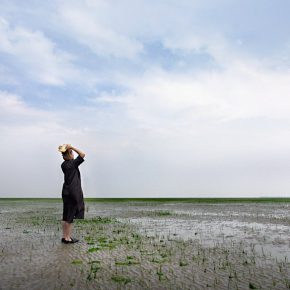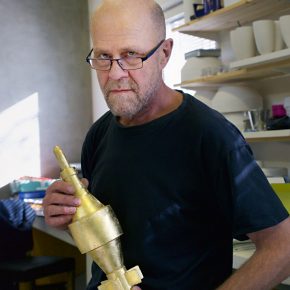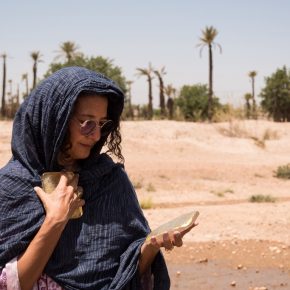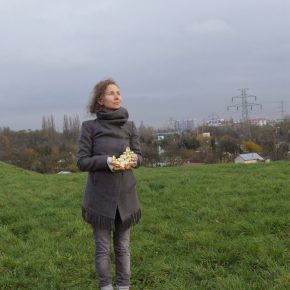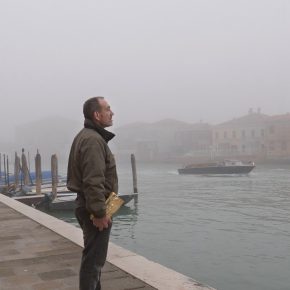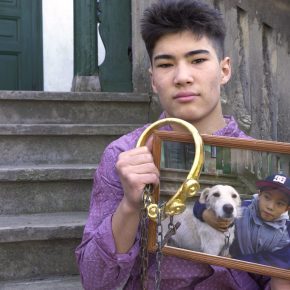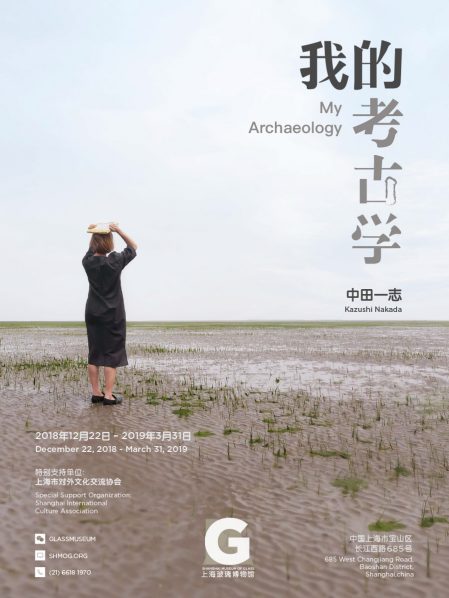
Art project “My archaeology” is an experimental project that the artist, Kazushi Nakada produce art objects with participants and attempt to preserve the objects and their memory eternally. And the artist observe what will occur as sequential event later. The art objects will be made with collaboration with the participants. Idea of each objects are associated to their experience, thoughts or memories. On the surface of the object, the name of the participant, the project, year and my massage “what is art in your time?” are engraved. And the participants are documented with the objects by photography and video. At the end of the collaboration, one of the objects will be buried or hidden in nature. And the participants and the artist are only the one who knows the location of them. The art project becomes their memory and stay in their mind…
Artist's Statement
In Tibetan Buddhism, there is a scripture called “Burial dictionary”. Monks keep the scripture in a hidden place for centuries as a part of practice. There is a legend that it will always be found when the world needs its knowledge. This scripture, Bardo Thodol, was written by the Indian monk Padmasaṃbhava in the 8th century, and then the American anthropologist Walter Evans-Wentz (1878-1965) discovered it and translated it as the Tibetan Book of the Dead. This written preaching is about leading the dead souls to the road of liberation so as not to stay in samsara anymore in the world of delusion. According to a story, it was discovered by accident in India during the First World War, in which an enormous number of casualties was caused and the competition of developing slaughter weapons became a serious problem.
This process of “hide to discover” inspires my art project “My Archaeology” initially. In early 2014, it already had a draft and the first work was completed in 2016. This is an experimental art project in which I produce art objects in collaboration with participants. It has been extended in 16 different countries and 19 different locations already.
In the working process, through dialogues with each participant, I decide to use “episode” as a main concept. Meanwhile, a body of art objects is made. After documenting the art objects and taking portrait photo of each participant, I buried one of those objects in the ground. The name of project, the year and the message “What is art like in your time?” from me are engraved on the surface of the object. Only the participants and I know the reserve location. Later the participants will talk to their acquaintances and families about this project.
The project consists of three kinds of data, the buried art objects, the existing art objects & photography and the “episodic memory” of participants.
From each episode, one of art objects is buried. They will be there for hundreds of years or they might be discovered by chance. Those might really become archeological items in future will exist in nature and spend their own time at all regardless of present. Then would these objects be art or Archaeology when they are discovered?
Participants will remember so many things about the project. It is called “episodic memory”. “It represents our memory of experiences and specific events in time in a serial form, that we can reconstruct the actual events that took place at any given point in our lives.” His/her memories per se are shapeless art objects of the project which may exist in one’s mind through generations.
Existing art objects as well as pictures are exhibited to audience and introduce the project. They are the only tangible and visible evidence which proofs that the art project “My Archaeology” exists. The objects can describe how the buried object might look like. It describes shape, techniques…and material.
These three data, art objects, memories, and photographs and videos, will simultaneously advance their respective time axes toward future. Nobody knows what is going to happen to them. The only imaginable outcome would be that they are discovered and become archaeological items.
This project is like a book that I have just started writing and do not know how the story goes. The more I try to write and clarify, the more fake/fictional it gets. There are several episodes from around the world in this project and people can think about anything through them. It could be our life, society, culture or the future…It could be anything. My art statement or concept can be merely supplemental when the project is discovered in future. If we regard this project as a book, then the preface and chapter 1 are the art objects per se, the episodic memories in participants’ mind and the process of burying the objects. And I hope everyone who encounters this project will spell the following chapters in their hearts.
What will the people in future guess if these objects are excavated 1000 years later? And if they understand that this is an art work (art project) intentionally using archaeology and sending personal thoughts and messages to future, how would art historians and curators evaluate this project?
About the artist
Kazushi Nakada is a Japanese artist who emigrated to Europe in 1991. He has previously been based in Denmark and the United Kingdom. He is currently based in Helsinki Finland.
“Both geographically and psychologically Kazushi Nakada has travelled a long way from his Japanese origins, further perhaps than any other Japanese artist working with glass. Considering the all-embracing and structured nature of Japanese culture and Japanese society this is in itself a remarkable. He quotes the words of Senno Rikuya, a famous tea ceremony master, as an important motivating factor in his life. “Strong determination to accomplish your wish is the best master to learn from”
For Kaz technique is no more than a means to an end. He is not interested in mastering a technique as an end in itself. Over the years he has experimented with blowing, casting, cold-working, painting and mirroring, using all of them to captivate the magic of light in as many ways as possible, sometimes with large scale installations, sometimes with much smaller objects…
About the exhibition
Curator: Cathye Yang
Duration: December. 22th, 2018 –March. 31th, 2019
Venue: H5 Temporary Exhibition Hall, Design Wing, Shanghai Museum of Glass
Exhibition Planning and Graphic Design: COORDINATION ASIA Ltd.
Courtesy of the artist and Shanghai Museum of Glass, for further information please visit www.shmog.org.


